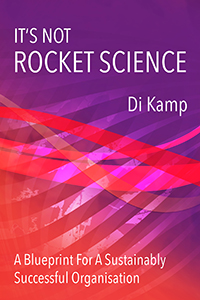Last month I suggested that we ensure that our interaction with people is not transactional, and that we remember to engage with our hearts and not just our heads. This month I’m going to take that a stage further and suggest that we give more value to our interactions by engaging in real conversations with others.
The original meaning of the word conversation is that we turn together, and it always makes me think of dancing, where we take it in turns to lead, and enjoy being together and seeing where the dance takes us. Conversation has a flow to it, and a rhythm is created which has a special value.
In conversation, we learn about and from each other, and thereby enrich both our awareness and our relationship without effort. It doesn’t matter what the topic is to start with – it can be the weather, a TV programme you watched, or how you spent your evening. What matters is that you have the intention to engage with the other person, and share something of your self – then the magic happens.
I have stood at the bus stop, and begun with complaining about the poor service and ended up finding out what it was like to be a prisoner of war in Germany in World War Two. I have begun a conversation about having to do a lot of driving with a taxi driver, and ended up discussing our similar philosophies of life. Of course, not all conversations take us to such fascinating places, but they do always enable us to understand more of other people’s worlds and to be more sympathetic, at a minimum, and they can be a simple means of enhancing our lives and relationships.
So don’t ignore the opportunities to have a conversation every day. Stop for a moment and talk to the shop assistant, the work colleague, the person behind you in the queue. We seem to have got out of the habit in our culture – too busy, too rushed, too immersed in our phones – and we are losing out by not taking those 5 or 10 minutes. They are not a waste of time; they are a way of building relationship and awareness that comes naturally to us. Be interested in others and their lives and ideas – they’re fascinating!
Take a moment to think of a couple of real conversations you’ve had recently. Feel again the glow of being in that flow with someone else, the energy of it, the fun of it. And remember the after-effect on both of you: the warmer greeting next time you meet, the smile of recognition. Don’t deprive yourself – get out there and have a conversation with someone!



